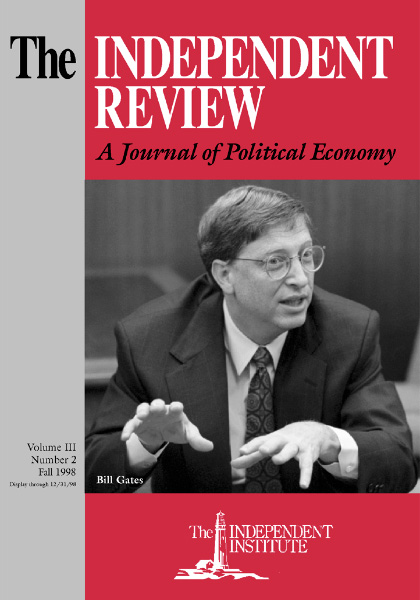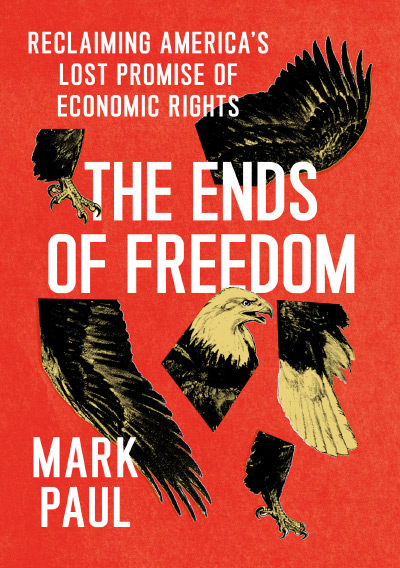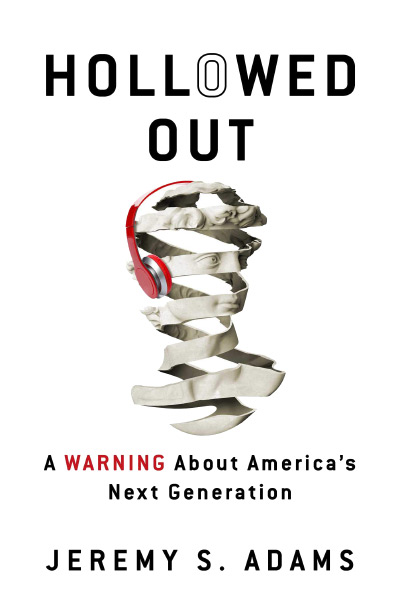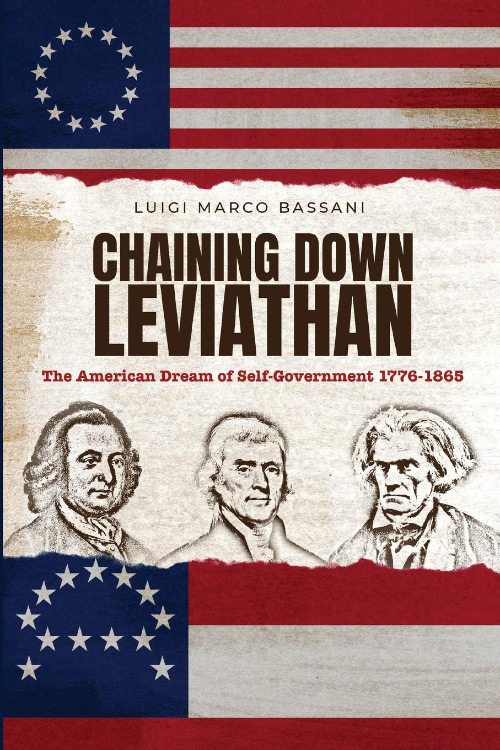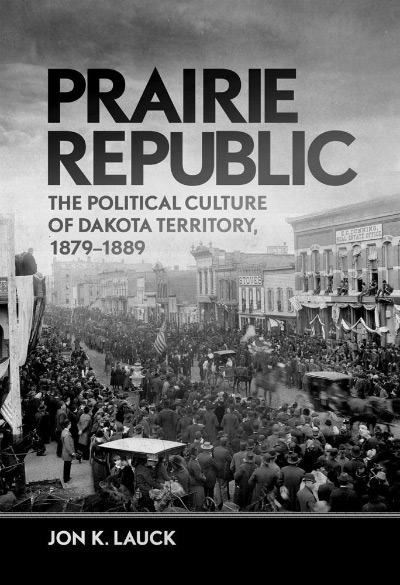Paul Kens has written a lively, entertaining, and scholarly intellectual biography of one of the most fascinating justices of the U.S. Supreme Court, Stephen J. Field. Kens traces Field’s career from his days as a young attorney just landed in gold-rush-crazed San Francisco in 1849, to his appointment to the U.S. Supreme Court less than fourteen years later, and on to the end of the century. Along the way, Kens discusses the political and economic events that shaped the thinking of Field and those with whom he did intellectual battle. Throughout, the book deals with an issue central to law in the economic realm: Does the economic power with which society might legitimately be concerned stem from government alone, or do other, private sources of power warrant a governmental response? Field clearly answered this question in one way, whereas for much of their history Americans have answered it in another. It may be a question that, every generation or so, Americans must answer anew.
Kens provides an insightful and entertaining description of Field’s rise to national prominence. Field arrived in San Francisco at the end of 1849 among the throngs looking to make their fortune in the gold fields. However, as the first chapter’s title indicates, though a forty-niner, Field was no miner—he arrived with a bit of money and a law degree. Finding the prospects in San Francisco relatively bleak, Field soon moved closer to the gold fields by traveling to the site that later became Marysville, where he was elected alcalde. Within the year, he ran for office and was elected to the state assembly. He returned to private practice after one term, but in 1857 he was elected a justice of the California Supreme Court. In 1863, President Lincoln nominated Field to the U.S. Supreme Court, and, although Field twice sought the Democratic nomination for the U.S. presidency, in 1880 and 1884, he served on the high bench for the rest of his working life, until 1897.
As he relates these events, Kens nicely weaves Field’s story with the historical and political events of the time. The second chapter in particular takes up a number of themes that influenced Justice Field’s thinking, including the political intrigues of California, the influence of Jacksonian thinking about economic power, the making of rough-and-tumble law in the mine fields, the interaction of Mexican and American laws with respect to land, and issues of race, immigration, and the meaning of “free labor.” This chapter and similar passages throughout the book put into context the story of Field’s intellectual development and help the reader appreciate the complex, even chaotic, forces against which the judiciary sought to bring order and sense.
For me, the most interesting aspect of Kens’s biography is the discussion of the source of economic power—in particular, the extent to which economic power justifies government action. Does all economic power come from the government? Or is it possible for power to arise from the private sector without government assistance? Kens traces the two views implied by these questions from their common Jacksonian roots of self-sufficiency, independence, suspicion of power and privilege, and preference for limited government. Along one road of development were those, such as Field, who believed that the source of objectionable economic power was always and everywhere explicit government action. Along the second road were those who believed that excessive economic power could arise from private activity as well. Eventually, members of the second group would turn to government for protection from what they took to be abuses of private economic power. Field stood clearly on one side of the debate. In his view, “regulation was appropriate only for government-created monopolies” (p. 162). In other cases, it was sufficient to treat all persons equally before the law. He “refused to accept the reformers’ proposition that government regulation could be used to balance disparities in economic and political power and thus preserve individual liberty” (p. 267).
Yet, as Kens points out, much of the rest of American society disagreed with Field. More often than not he wrote in dissent, and his ideas did not have a direct influence on the law until after his death in 1899. Much of American legal history in the economic realm effectively accepted the other perspective: private persons and organizations can also acquire and wield economic power. Reformers came to see “government not as a threat to their liberty but as an ally in the struggle to preserve their liberty. For them government was no longer just a source of privilege but also an authority that could be used to control the excesses and the power that privilege brought” (p. 3). Thus, ironically, labor, antitrust, and other regulatory legislation can trace its roots to the same Jacksonian values that inspired Field. But for Field, “nothing could have been more fatal to his vision of liberty . . . than using government to protect rights against the acts of private individuals” (p. 195).
Kens provides a balanced view. It would be easy to characterize Field as an apologist for the wealthy establishment—and he was so characterized by contemporary critics. But that characterization was not correct. Field’s logic led him to take politically unpopular stands, especially with respect to issues of race, immigration, and corporate power. His concern about the potential abuse of government caused him to defend a strong role for federal judicial oversight of state legislation—recognizing that state legislatures might be even more likely than Congress to adopt special-interest legislation.
The source and extent of, and the response to, economic power are issues with which Americans, and much of the rest of the world, continue to grapple. To guarantee economic growth and health, is it sufficient that government refrain from erecting barriers to trade, protections for individual industries or firms, and special privileges for individuals? Or must government take a more active, interventionist role? Confusion may result when government efforts apparently directed toward mediating the harmful effects of private economic power are no more than surreptitious attempts to advance the power and privileges of some other group. Kens deserves congratulations for identifying and developing those issues. This historical biography deserves a wide readership.

